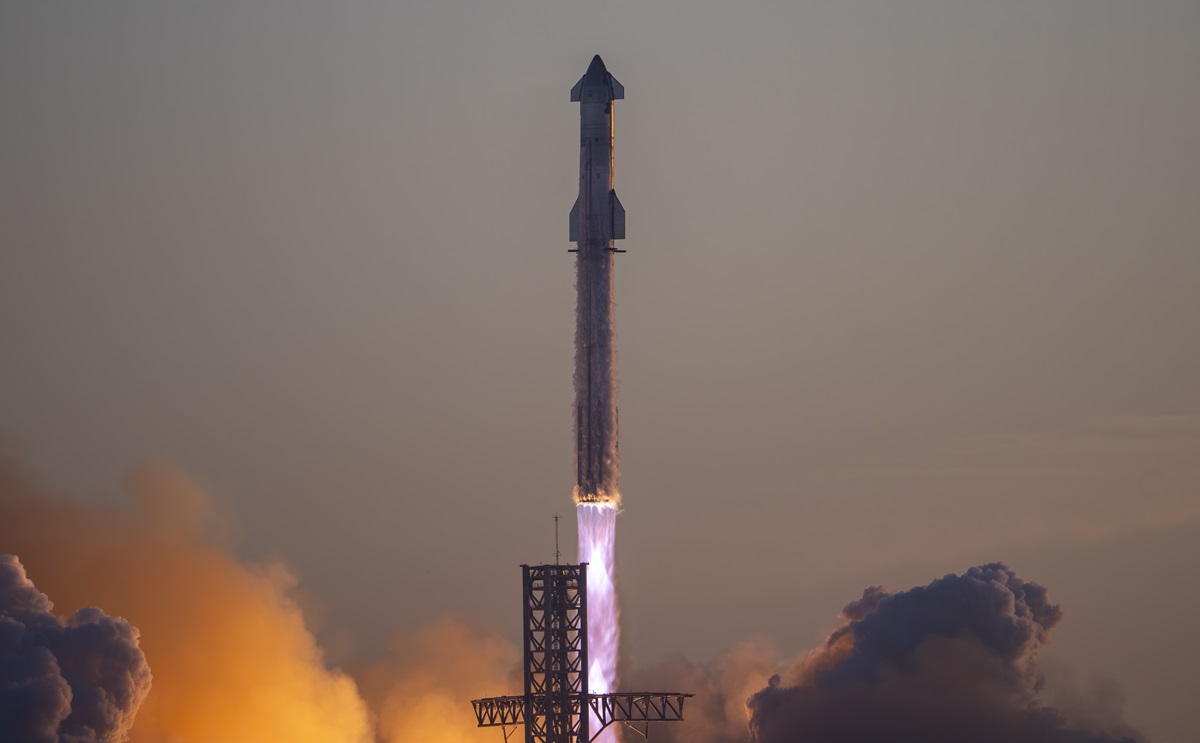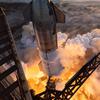NASA and SpaceX will test space refuelling during the third Starship rocket system test

SpaceX has made two attempts to launch the Starship spacecraft into orbit. In the third test, the aerospace company and NASA plan to test refuelling technology in orbit.
Here's What We Know
NASA wants to test the viability of the concept of orbital refuelling of a spacecraft. At the same time, the agency has not yet made a final decision regarding the test during the next Starship launch.




Three years ago, a quarter of a billion dollars was allocated from the U.S. budget to test the technology of working with cryogenic fuel in Earth orbit. SpaceX will be able to get $53 million if it manages to transfer fuel from one Starship tank to another.
The technology will be used in a test of docking two spaceships in Earth orbit. If successful, SpaceX will send a crewless ship to the moon. If this mission also brings the desired result, Starship will be allowed to the mission Artemis III, in which American astronauts will land on the moon for the first time since 1972.

Artemis III is scheduled for 2025, but will likely be delayed due to delays. The development of Starship is also one of the problems. On two attempts, the ship has failed to make a full orbital flight.
In the spring of 2023, Starship and Super Heavy exploded, entering an uncontrolled spin at an altitude of about 40 kilometres. The second test was more successful. SpaceX evaluated the performance of the Raptor engines and separated the Super Heavy from Starship. However, the rocket booster exploded during descent and communication was lost with the ship.

Elon Musk has stated that the third test will take place 3-4 weeks after the second test, but this is not much believed. Regardless of the date, SpaceX must pump 10 tonnes of fuel inside Starship, which is 120th of the volume the ship needs. Another milestone will be the transfer of fuel between the two ships in orbit.
Source: Ars Technica